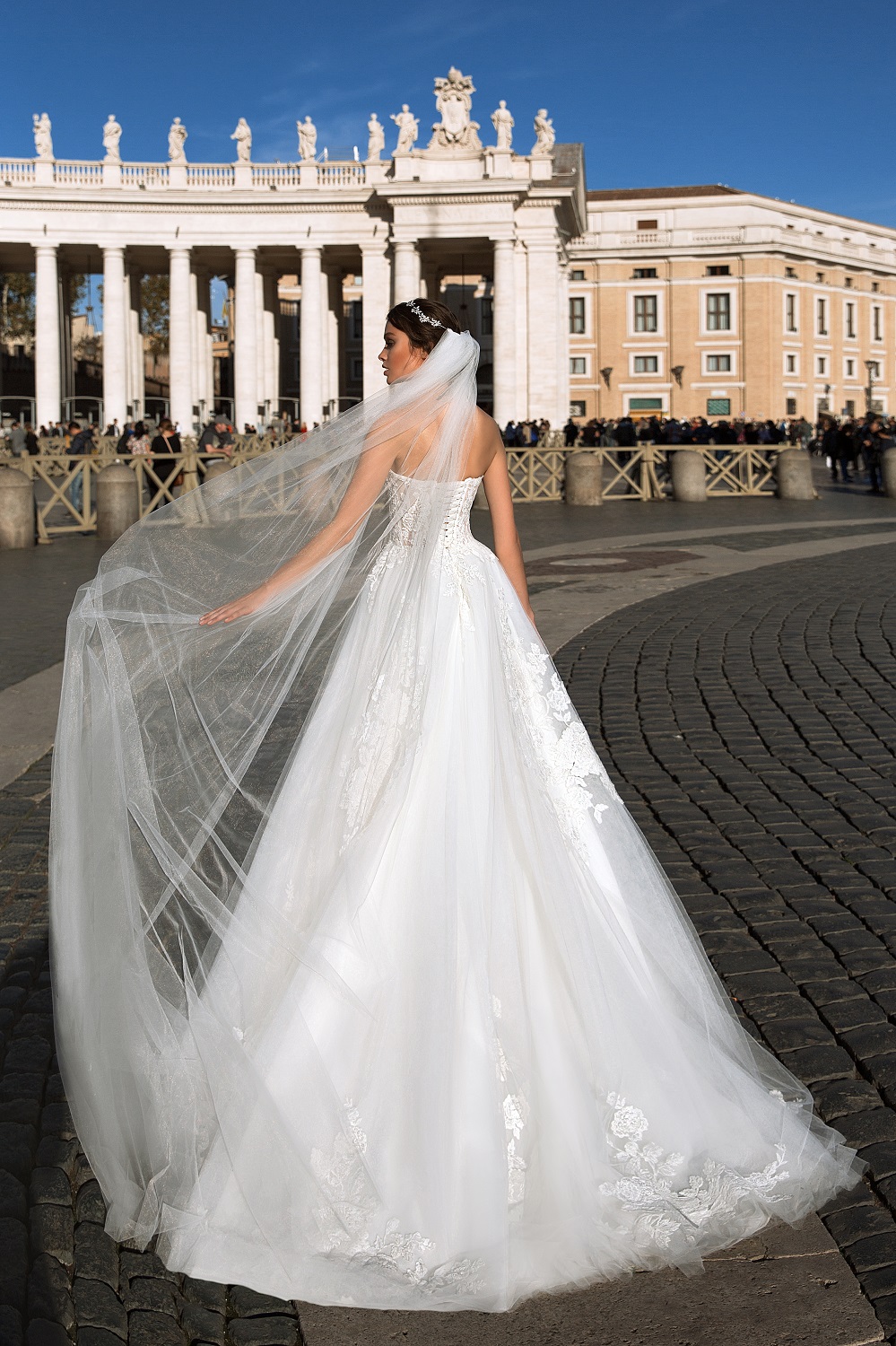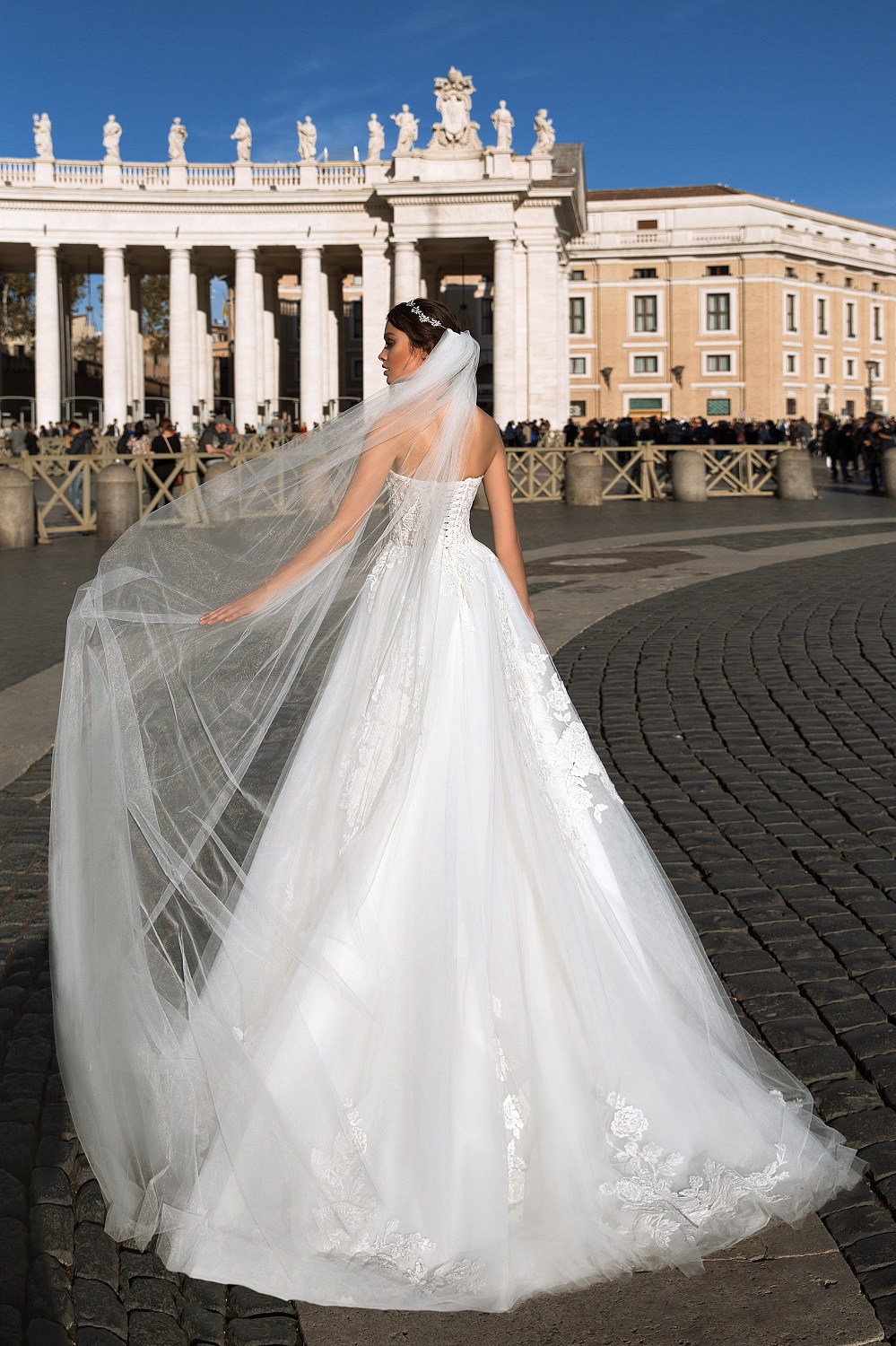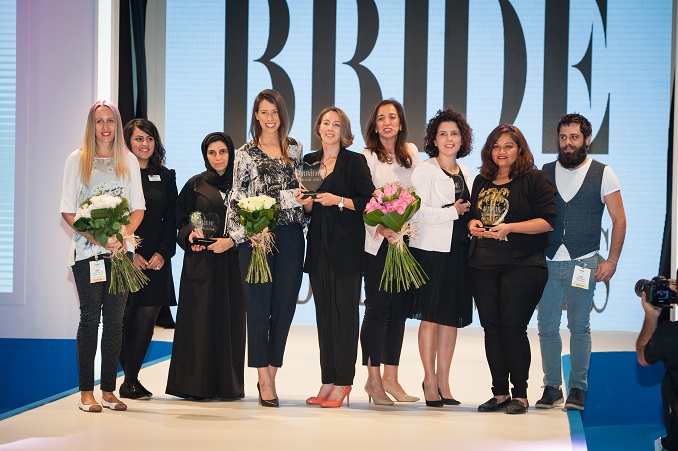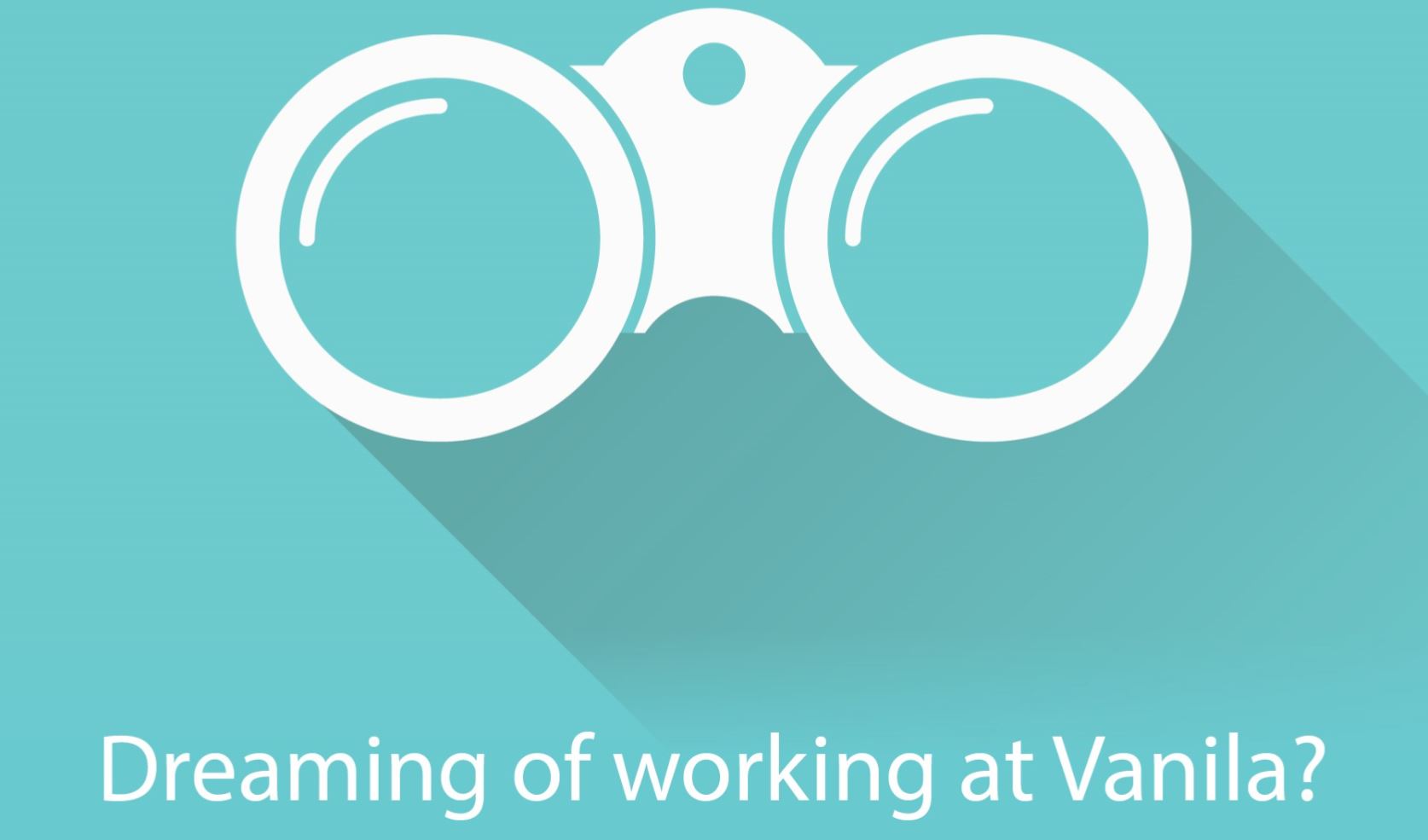A veil is an article of clothing or hanging cloth that is intended to cover some part of the head or face, or an object of some significance. Veiling has a long history in European, Asian, and African societies. The practice has been prominent in different forms in Judaism, Christianity, and Islam. Besides its enduring religious significance, veiling continues to play a role in some modern secular contexts, such as wedding customs.
Ancient Greek brides wore bright red veils to protect themselves from evil spirits.
Judaisim in biblical times saw the groom place a veil over his bride’s face before the ceremony and this was said to be a promise that he is marrying her for her inner beauty. As it is done today, the veil was lifted once they were officially married.
In many religions, the veil is a sign of humility and respect before God, but the Victorians transformed it into more of a status symbol. In these times, the bride’s status was determined by the weight, quality, and length of the veil.
Today, the veil still holds religious relevance for some, whereas, for others, it is a fashion accessory and a way of complementing the gown or chosen wedding theme.
Let’s take a look at how veil styles have evolved.
In 1920s it was all about lace cloche headdresses. Bridal veils were made of silk materials and some were decorated with flowers and foliage that matched the bridal bouquet. Juliet cap veils were also extremely popular as they complimented the short bob hairstyles of the times.
Veils started to make a more simple statement in the 1930s and into the 40’s when brides wore shear veils hanging loosely over their heads. The main reason for this style movement was a shortage of fabric during the war!
In the post-war years of the 1950s an enviable surge in elaborate bridal accessories brought about real style statement pieces including birdcage veils and slender fitting skullcap veils.
This fashion-forward look mellowed in the 60s with veils taking on a more modern, bohemian vibe. Long, floaty styles became popular and took their cue from the ‘flower-power’ look of the time. These were often attached to pillbox hats. The 1970’s continued with a more relaxed style to the trend with floral crowns and shear veils draped over the top.
By the 1980s, the bigger the better! We saw Princess Diana’s mammoth veil setting the trend for a whole generation of brides. Her amazing veil was 24 feet long but the perfect length to make a dramatic statement as she entered St Paul’s cathedral. (surely the longest and most recognisable style in the history of wedding veils!)
Flash forward to 2011 and Kate Middleton’s 72-inch ivory silk veil also made for a dramatic entrance at the Westminster.
Modern Day
Today the modern bridal look is less defined but emphasises on shear fabrics and high detail in some cases. Ethereal veil shots of the bride with her groom make for utterly romantic wedding photos.
We at Vanila wedding shop in Dubai offer more than 50 styles of bridal veils that will compliment your bridal look. Bridal accessories must never be taken for granted, sometimes a veil costs even more than the dress itself, make sure you pick your items thoroughly during your bridal dress fitting together with our professional stylists.







